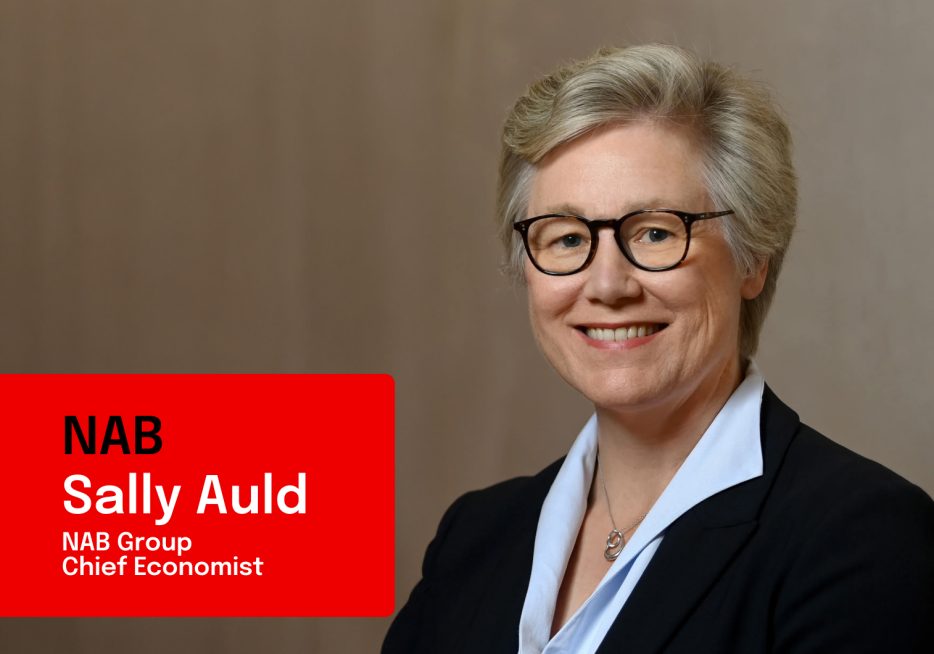Long-term signal vs. Short-term noise


Insight
What patients want – prepare to be surprised.
Think you know your patients? Think again. NAB’s new Consumer Health Survey of around 2,000 Australians contains a few surprises. Dean Pearson, Head of Behavioural & Industry Economics at NAB and I look at cost implications, patient drivers and key issues around My Health Record uptake.
Do you know why your patients chose you as their healthcare provider? It’s a crucial insight for anyone starting or growing a practice – yet many practitioners risk losing out by making the wrong assumptions.
The 2019 NAB/Medfin Consumer Health Survey details what drives patients to visit a practitioner for the first time, and then keep going back. This information is a key contributor to the success of any healthcare business – and many practitioners appear to be getting it wrong. By sharing what hundreds of patients genuinely want and believe, this survey can help practitioners meet their needs more closely, benefiting both patients and their own businesses.
For example, the survey shows that practitioners overwhelmingly believe patients make their first appointment on the recommendation of a family member or friend (68 per cent) or another health professional (58 per cent).
In reality, patients are much more interested in staying close to home when looking for a pharmacy (71 per cent) or a GP (57 per cent). Convenience also ranks relatively highly for optometrists (48 per cent), public hospitals (43 per cent) and dentists (43 per cent). In fact, only referrals outweigh location when it comes to choosing a specialist doctor, a psychologist or psychiatrist, or a private hospital.
Practitioners also overrate the role of the internet. Thirty per cent thought potential patients were likely to search online for a new provider, while in fact just two to four per cent of patients said an internet search was their main reason for choosing a new provider.
Opinion split over costs
In general, patients have few problems accessing a practitioner, though it’s worrying that those aged 18-24 – the age group most likely to have visited a psychologist or psychiatrist in the past 12 months – also reported the greatest difficulty seeing one.
When it comes to building a relationship, most practitioners understand the importance of explaining clearly, listening, and being caring and compassionate – qualities valued particularly highly by patients aged over 55. However, there are discrepancies in thinking when it comes to cost.
Affordability is most important for younger people, and over one third (34 per cent) say they have put off seeing a health professional because of cost. By comparison, this was true for just eight per cent of those aged over 65. It’s interesting that, while practitioners overestimated the financial challenge facing their patients, they underestimated the role of cost in choosing a practitioner. Almost four in 10 patients (38 per cent) considered affordability important, compared with just 13 per cent of healthcare providers.
The benefits of collaboration
Another key finding of the survey was around co-location.
Sharing a location with other health and community service professionals could be one way of keeping costs down: more than four in 10 practitioners (43 per cent) who responded were already working in such an environment, while a further 27 per cent were considering doing so. Lower costs and cost sharing were listed among the benefits, along with collaboration, cross-referrals and the ability to provide patients with extra care, better service and greater convenience.
Practices that integrate primary care with allied health services such as nutrition, physiotherapy and Pilates could also be the way of the future as we focus increasingly on preventative health.
Roadblocks to digital health
On 21 February 2019, the Australian Government created a My Health Record for every Australian who hadn’t opted out. According to NAB’s survey results, just over one in five Australians (22 per cent) made the decision to withdraw, mainly because of concerns around confidentiality and privacy.
There was an interesting split in terms of age. Those least concerned were in the youngest and oldest age groups, with just 15 per cent of 18- to 24-year-olds and 13 per cent of people over 65 opting out, compared with 31 per cent of people aged 45-54. One possible explanation is that younger people take sharing data for granted, while older people may be best placed to see the potential benefits of co-ordinated care.
Health practitioners’ own reservations about My Health Record could be a reflection of their patients’ concerns. When asked how they rated the potential for improved healthcare outcomes, the average score was just 5.5 points out of 10, where 10 was most optimistic. Practitioners were even more sceptical about increased practice efficiencies, rating that at just 4.7 out of 10.
However, NAB understands that the main aim of most healthcare providers is to spend as much time as possible with their patients. In our view, digital innovations and efficient payments such as HICAPS are reducing the amount of time they need to spend working on their business. We also envisage that digitisation will continue to have a positive impact.
Getting it right
The NAB survey clearly shows that practitioners are right about their patients much of the time. However, open and honest feedback on this scale is bound to reveal a few surprises.
As we saw in Part One of this series, few practitioners would have predicted their patients’ distrust of preventative lifestyle measures and what this could mean for their business. Here, factors like cost and convenience have emerged as being much more important than many practitioners think.
Like to know more? Read Part One for my comments on the survey or download the full 2019 NAB/Medfin Australian Consumer Health Survey.
© National Australia Bank Limited. ABN 12 004 044 937 AFSL and Australian Credit Licence 230686.